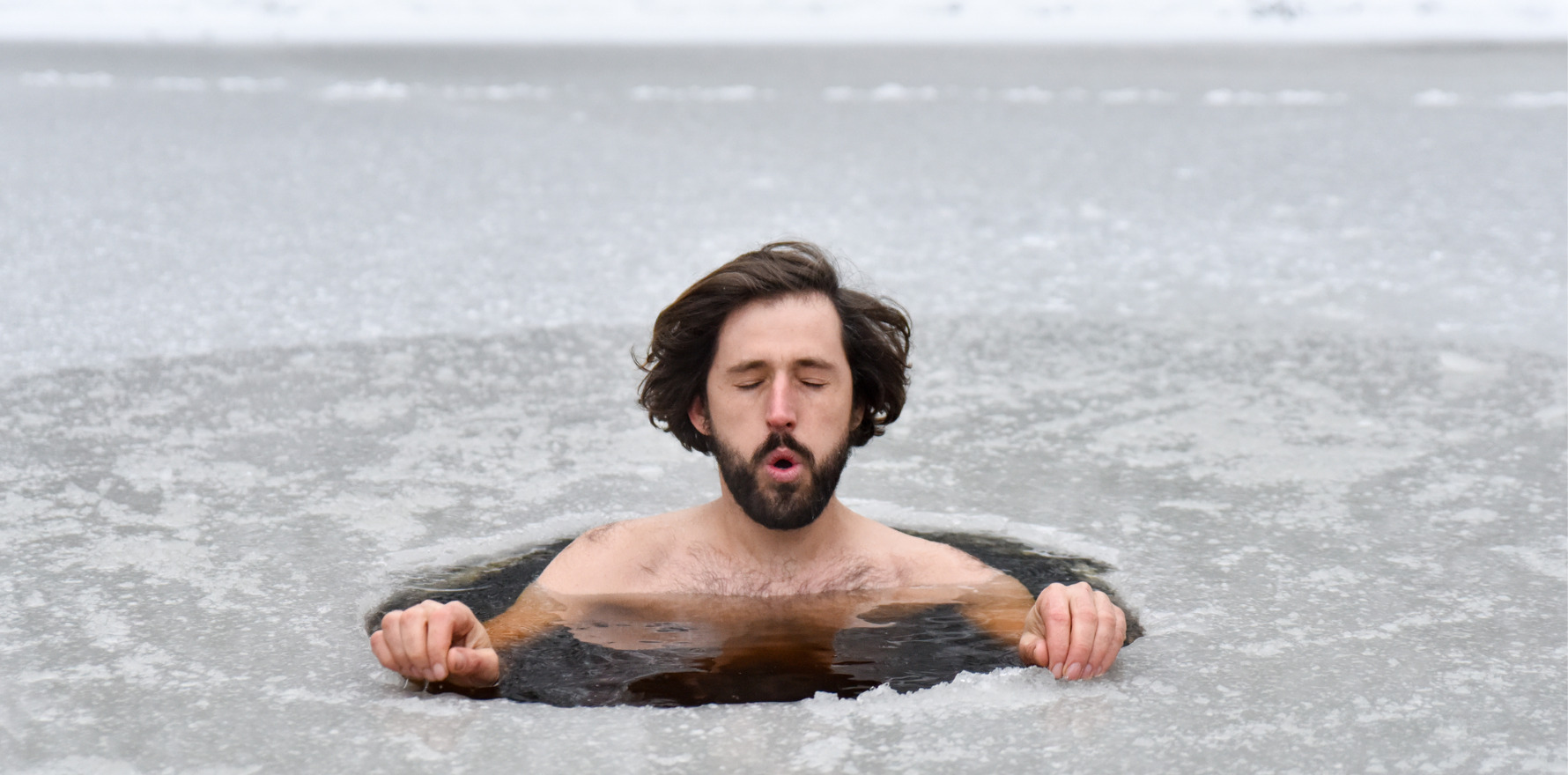Suprascapular nerve block provides a simple, safe and effective treatment for this highly distressing condition, Adelaide researchers report.
Adelaide researchers have reported great success using a suprascapular nerve block to treat adhesive capsulitis, shortening recovery time by six months when compared to current best practice.
“The management of frozen shoulder remains problematic and often unsatisfactory,” study lead Professor Michael Shanahan told The Medical Republic.
“The interventions in the study are simple, safe, novel and quick to perform. The block gives rapid pain relief without significant side effects, and this is so important for these patients,” Professor Shanahan said.
“It can be done in the clinic without imaging.”
Suprascapular nerve block (SSNB) is used in various shoulder pain conditions, including rheumatoid arthritis, osteoarthritis of the glenohumeral joint and rotator cuff disorders, and has a very low complication rate.
However, there have been limited studies of SSNB use in adhesive capsulitis, or frozen shoulder, and this was the first long-term clinical trial investigating SSNB combined with current best practice.
The double-blind randomised placebo-controlled trial allocated 27 patients to receive a glenohumeral joint (GHJ) injection combining corticosteroid and local anaesthetic, physiotherapy and a three-month SSNB, and 27 patients to receive the GHJ injection and physiotherapy plus a placebo (saline) injection.
Patients were reassessed every three months and offered repeat treatment until symptoms were resolved.
The primary outcome was time to resolution of symptoms, with secondary outcomes including range of movement, pain, total shoulder pain and disability index (SPADI) score and perceived rate of recovery. The research was published in RMD Open.
The mean time to resolution in the treatment group was 5.4 months (95% CI 4.4-6.3 months) compared to 11.2 months (95% CI 9.3-13.1 months) for the placebo group, a difference of around six months. Improvements in secondary outcomes also favoured SSNB treatment at all time points.
“Most frozen shoulder studies performed to date do not follow patients through to resolution – usually they are simply a single intervention with a short-term follow up, said Professor Shanahan.
“We think this is one of very few studies that used time to resolution as an end point – which we consider is a very ‘patient-focused’ outcome measure.”
Professor Shanahan was co-author on a paper, published earlier this year in BMC Musculoskeletal Disorders, based on interviews with patients which aimed to try to better understand their experience.
He told The Medical Republic that the symptoms of frozen shoulder could be “highly distressing” for patients, and that their distress was under-appreciated by their practitioners.
The treatment given to the placebo group – intraarticular corticosteroid injection and physiotherapy – treatment has been found to have positive outcomes in other studies, so “the outcomes in the active group were over and above current best practice” wrote the authors.
The researchers hypothesised that the SSNB provided an additional analgesia effect which then facilitated the effect of the active physiotherapy program.
“Given the safety and convenience of the intervention, we can be confident in recommending SSNB as a highly useful adjunct therapy,” they concluded.


